Breakthrough in Organic Solar Cells: Devices Hit 15% Efficiency and High Performance For 800 Hours Using Slot-die Coating
Can We Build More Durable Organic Solar Panels?
A new study titled "Slot-die coated bulk heterojunction vs layer-by-layer organic photovoltaics: Device architecture dependent degradation" explores a big question in the world of flexible, printable solar panels: how can we make organic solar cells (OPVs) more stable and scalable?
Organic photovoltaics have shown great promise as lightweight, flexible, and potentially low-cost energy sources. However, scaling up production while maintaining both performance and long-term durability has remained a challenge. In this study, researchers from the University of Southern Denmark and the Technical University of Denmark explored how the architecture of these solar cells influences both efficiency and degradation under stress.
The team compared two popular active layer formation methods, bulk heterojunction (BHJ) and layer-by-layer (LBL), in both inverted and conventional OPV designs. They set out to answer one critical question: which combination of device structure and fabrication method leads to the most robust and efficient solar cell?
Key Highlights
The study uses slot-die coating, a scalable technique compatible with roll-to-roll manufacturing, to process all device layers in air.
Both bulk heterojunction (BHJ) and layer-by-layer (LBL) active layers were tested in inverted and conventional device architectures.
Best-performing small-area device achieved 15.24% efficiency using a BHJ-conventional configuration.
Inverted BHJ devices showed exceptional light stability, maintaining high performance after 800 hours of illumination.
Thermal degradation was minimal, with main weaknesses found at transport layer/electrode interfaces.
Mini-modules (13.8 cm²) fabricated with the same scalable method reached 13.06% efficiency.
A Laser Beam Induced Current (LBIC) from infinityPV was used to assess how uniformly the devices performed across a larger area.
The study reveals key degradation mechanisms and proposes clear pathways for improvement.
Learn how to fabricate solar cells using slot-die coating and flexo printing on a Slot-die Coater.
What is Slot-Die Coating and Why Does It Matter?
Slot-die coating is a scalable thin-film deposition technique ideal for manufacturing solar cells at large scale. Unlike lab-based spin-coating, slot-die coating is compatible with roll-to-roll processing and uses less material. It also offers greater control over film thickness and uniformity.
In this study, researchers used slot-die coating to fabricate all solution-processed layers in the devices. The donor (PM6) and acceptor (Y7-12) materials were included. The use of green solvents and ambient processing conditions further underscores the industrial relevance of this method.
Why This Study Matters
To scale up OPV technology, developers must do more than achieve high lab performance. Devices must be manufacturable, stable, and environmentally friendly. This study addresses all three of these challenges.
First, the researchers demonstrated manufacturability by fabricating devices using slot-die coating under ambient conditions. Second, they evaluated light and thermal degradation pathways over hundreds of hours and identified weaknesses at specific interfaces. Third, they achieved high efficiency across multiple configurations, showing potential for module-scale production.
A Laser Beam Induced Current (LBIC) from infinityPV was used to assess how uniformly the devices performed across a larger area.
How the Study Was Conducted: Architectures, Materials, and Methods
The researchers fabricated four types of OPV devices. These included conventional BHJ, conventional LBL, inverted BHJ, and inverted LBL structures. All devices used PM6 as the donor and Y7-12 as the non-fullerene acceptor. Transport layers included PEDOT:PSS or BM-HTL depending on the architecture, and ZnO served as the electron transport layer.
All solution-processable layers were deposited using slot-die coating under ambient conditions, a method chosen for its scalability and low material waste. The team maintained consistent coating speeds and temperatures to ensure reproducibility. Green solvents such as o-xylene were used throughout the process to align with environmentally friendly fabrication practices.
Device performance was evaluated using current-voltage (J-V) and external quantum efficiency (EQE) measurements. These techniques provided insight into key metrics such as power conversion efficiency, fill factor, short-circuit current, and open-circuit voltage.
To assess how uniformly the devices performed across a larger area, the team employed Laser Beam Induced Current (LBIC) mapping. This technique allowed them to visualize spatial variations in photocurrent across the mini-module surfaces. The LBIC results confirmed uniform charge carrier collection across all six sub-cells, with only a few localized defects contributing to minor recombination losses. This level of uniformity supports the viability of large-scale OPV manufacturing using slot-die coating.
To further validate the scalability of this approach, the team fabricated mini-modules. These modules consisted of six sub-cells connected monolithically and used the same materials and coating parameters as the small-area devices. The mini-modules demonstrated consistent performance and highlighted the effectiveness of the mechanical scribing method used for series integration.
A world’s first: We made solar cells from fungi using slot-die coating.
What the Data Revealed: Performance and Stability Trends
The study found that BHJ devices slightly outperformed LBL devices, with the highest efficiency recorded in the conventional BHJ configuration. Inverted devices showed significantly better thermal stability than conventional ones. Performance loss was attributed primarily to interface degradation rather than degradation of the active layer.
Light stability was also impressive. Inverted BHJ devices retained nearly full performance after 800 hours of illumination when protected by a long-pass filter. Mini-modules performed well, achieving 13.06% efficiency. This result represented only a modest efficiency drop compared to the small-area cells.
These results highlight the potential of inverted BHJ configurations for scalable OPV production.
Peeking Under the Hood: Degradation Mechanisms
To determine where degradation occurred, the team performed partial stack studies and used characterization tools such as optical microscopy, GIWAXS, and AFM.
They discovered that the active layer made of PM6 and Y7-12 remained stable even after 120 hours of heating at 85 degrees Celsius. However, the interface between the hole transport layer (BM-HTL) and the silver electrode underwent noticeable morphological changes. These included increased surface roughness and grain formation.
Such changes were responsible for losses in fill factor and open-circuit voltage. The researchers concluded that improving the stability of this interface could significantly enhance overall device durability.
R2R slot-die coating for solar cells is easy with the Laboratory Roll-to-Roll Coater.
Looking Ahead: What's Next for Roll-to-Roll OPVs?
This study supports the use of inverted BHJ architectures and slot-die coating for large-scale organic solar cell production. The researchers demonstrated that high performance is achievable even in ambient conditions. They also showed that operational lifetimes can be extended beyond 800 hours. Finally, they successfully scaled up the technology to mini-modules.
Challenges still exist. Developers must address degradation at the electrode interface and improve large-area uniformity. Future research will likely focus on developing more stable interfacial layers, enhancing encapsulation methods, and integrating devices with flexible substrates.
Conclusion
The study confirms that device architecture significantly influences the performance and durability of organic photovoltaics. By using inverted BHJ designs along with scalable slot-die coating and environmentally friendly processing, the researchers presented a viable path forward for commercial OPV manufacturing.
They not only achieved impressive performance but also provided valuable insights into degradation mechanisms and strategies for improvement. As roll-to-roll printed solar panels move closer to commercial reality, findings like these will be crucial in guiding future development.
How to test solar cells using a source measure unit and solar simulator.
Authors
Eswaran Jayaraman
Kun Wang
Jani Lamminaho
Chun Yuen Ho
Jens Wenzel Andreasen
Morten Madsen
Get Professional Support for Your Coating Needs
Need help with slot-die coating, coating machines, or any related applications?
Contact infinityPV’s experts today for professional guidance and support.



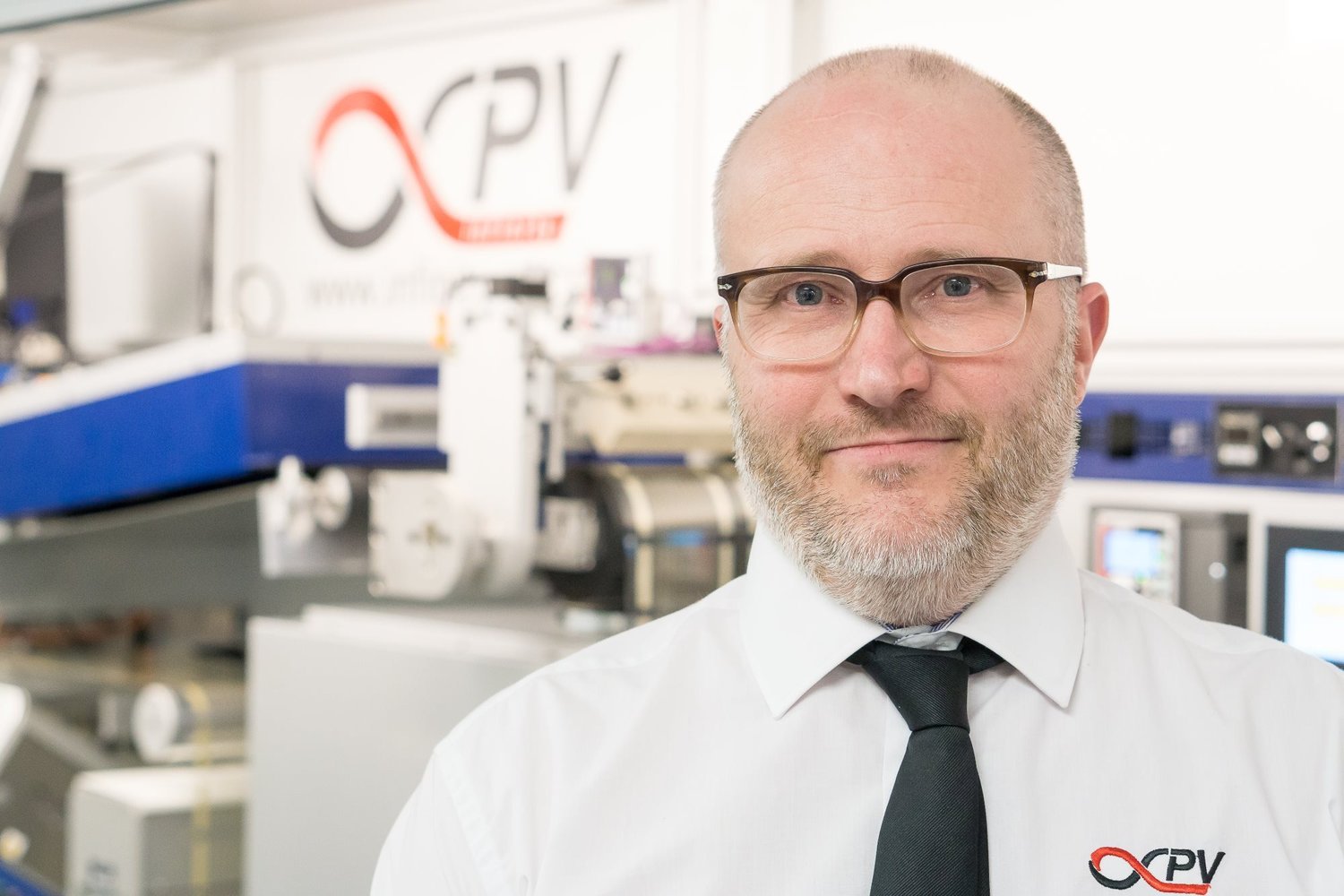
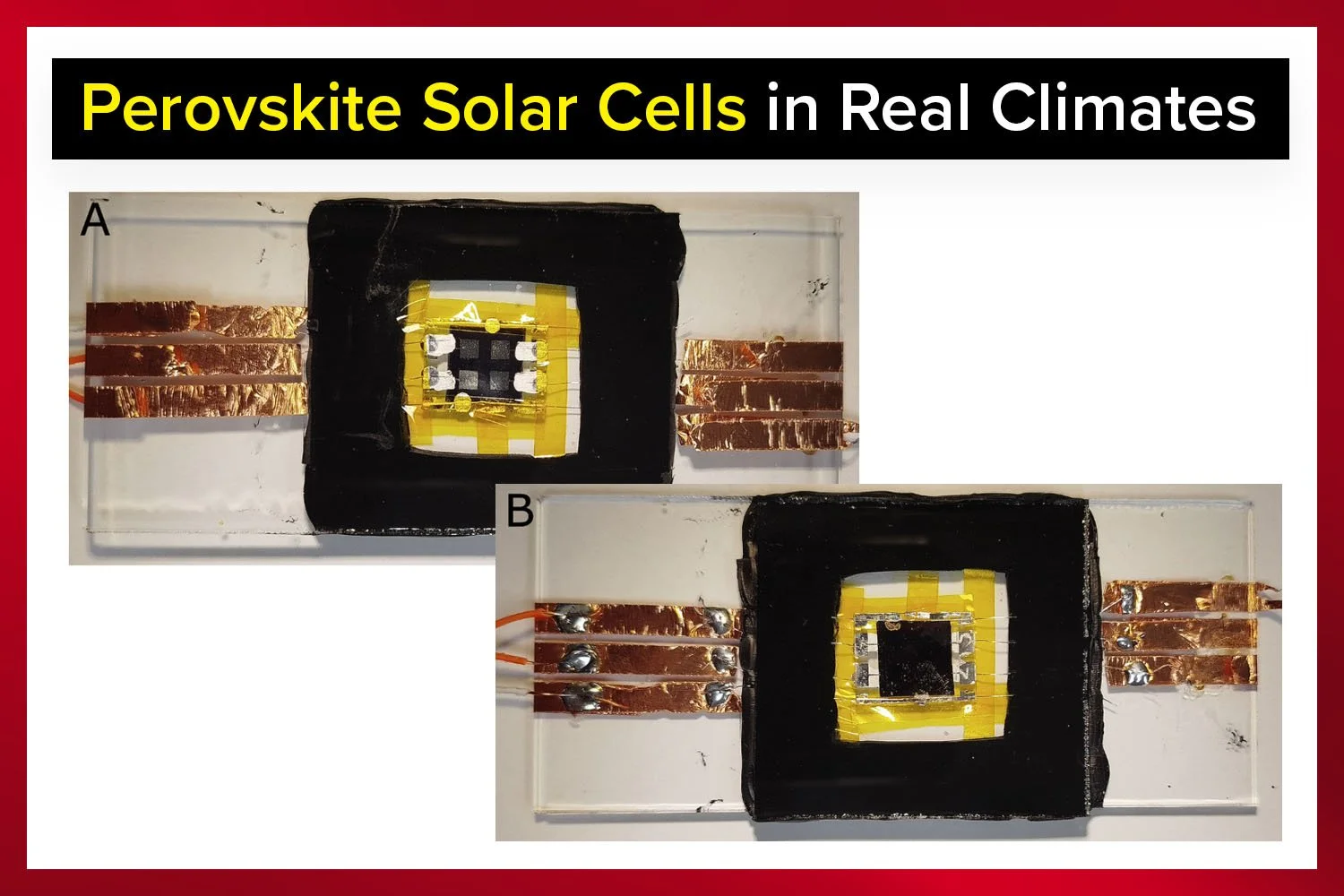
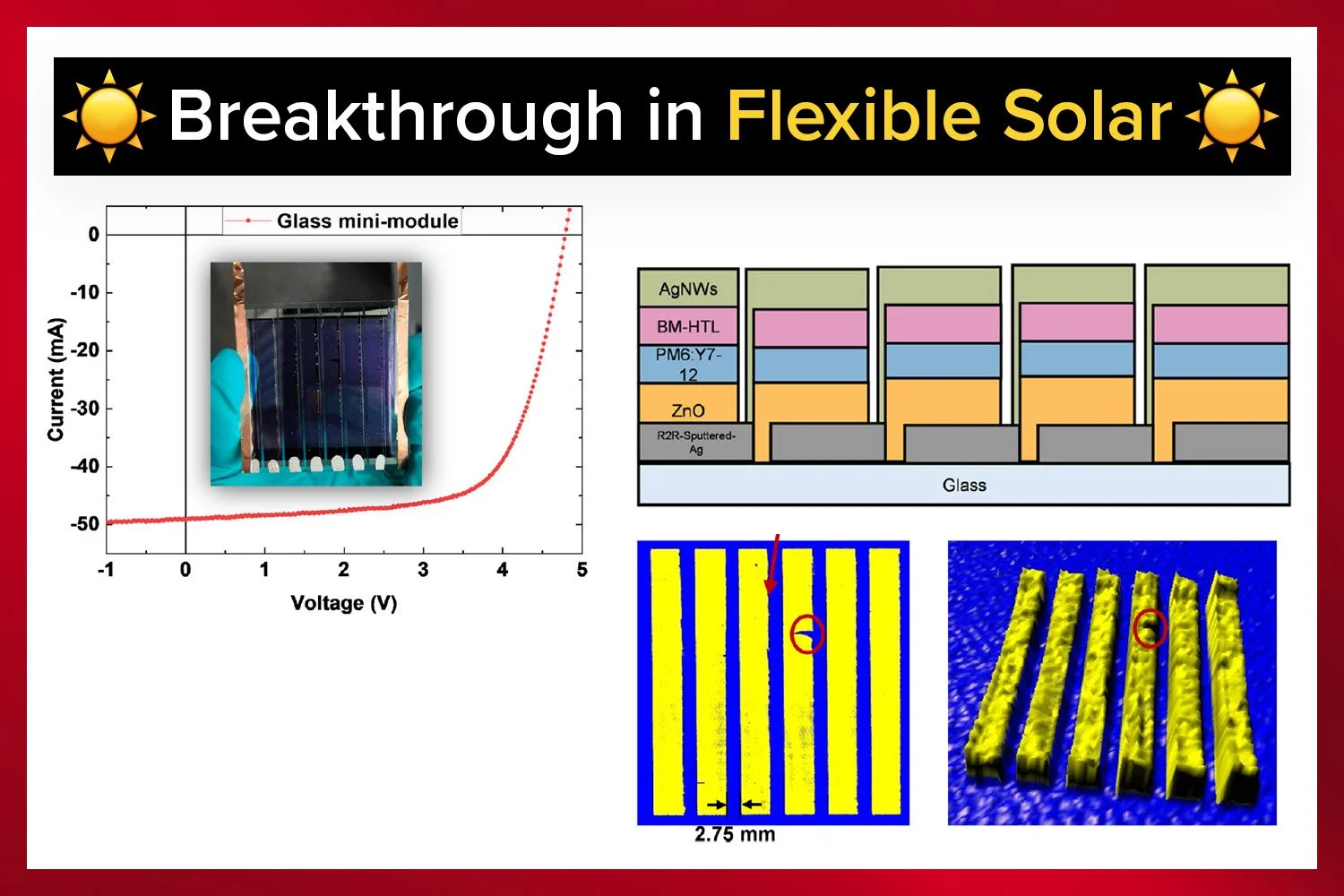
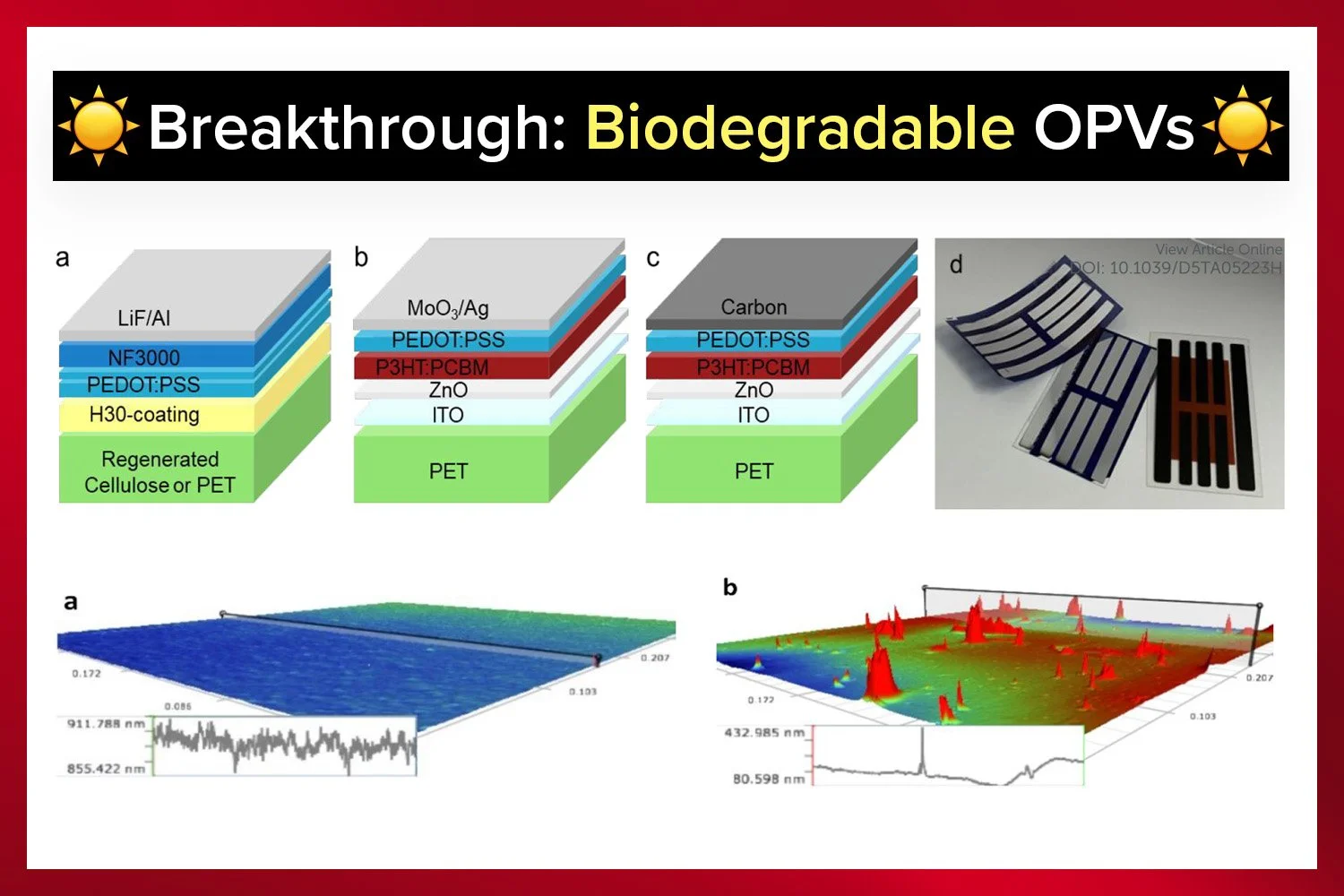

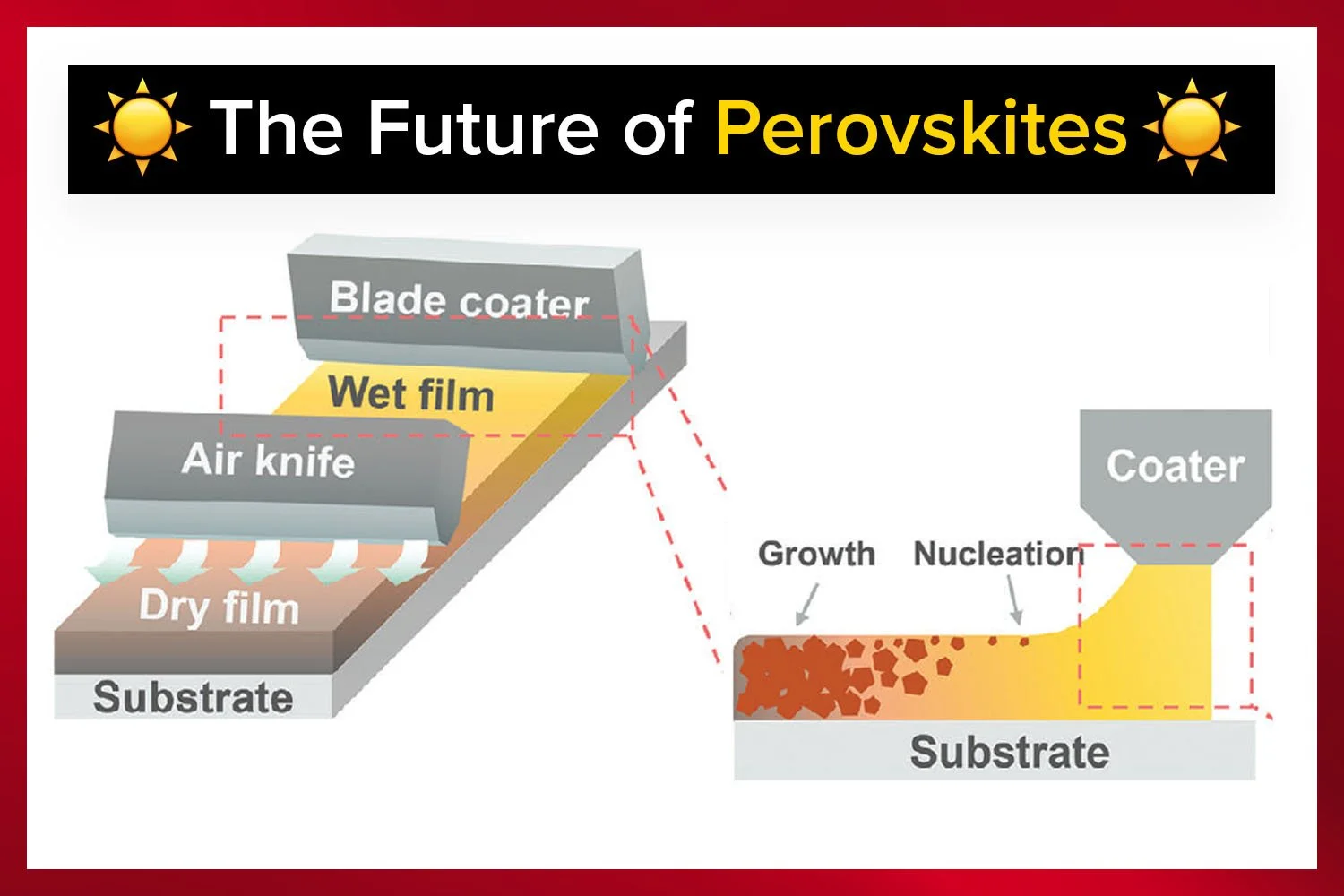



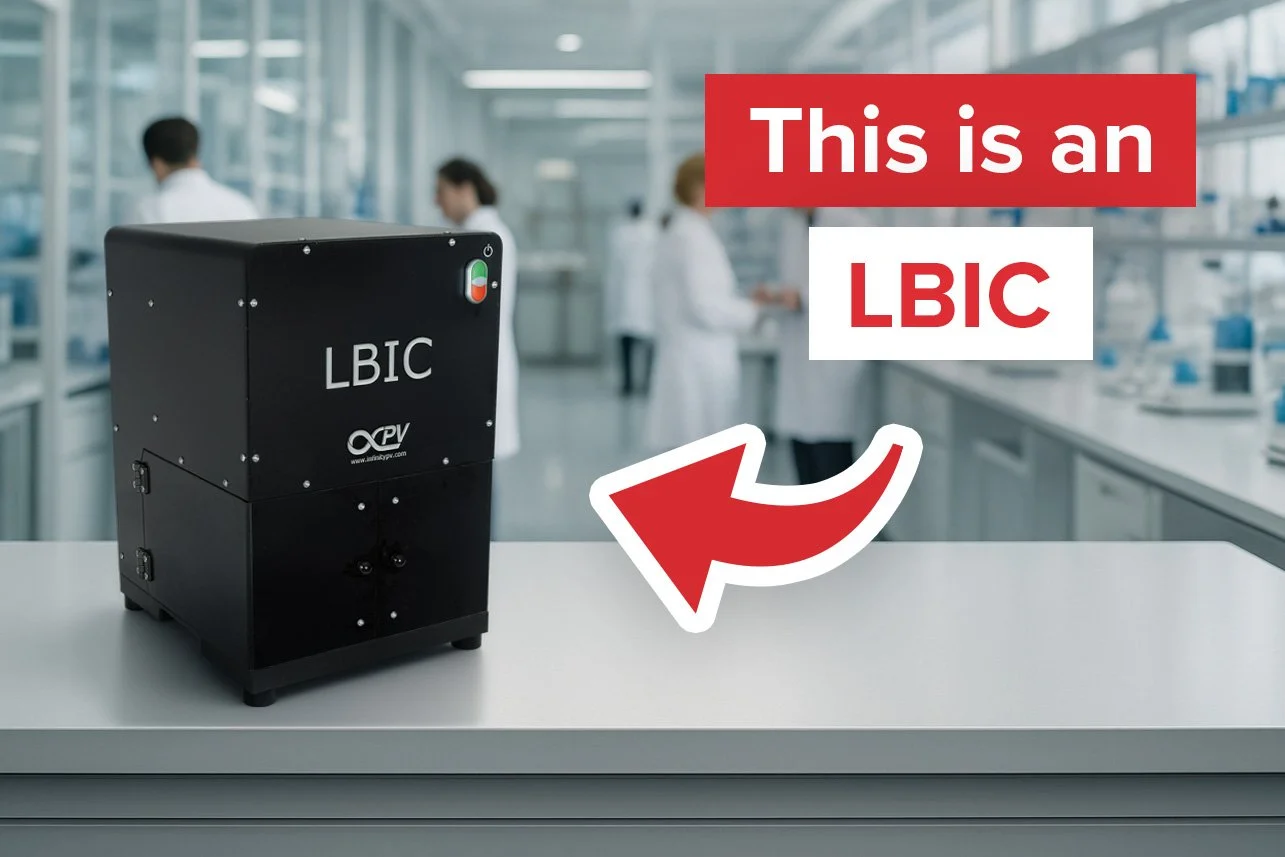
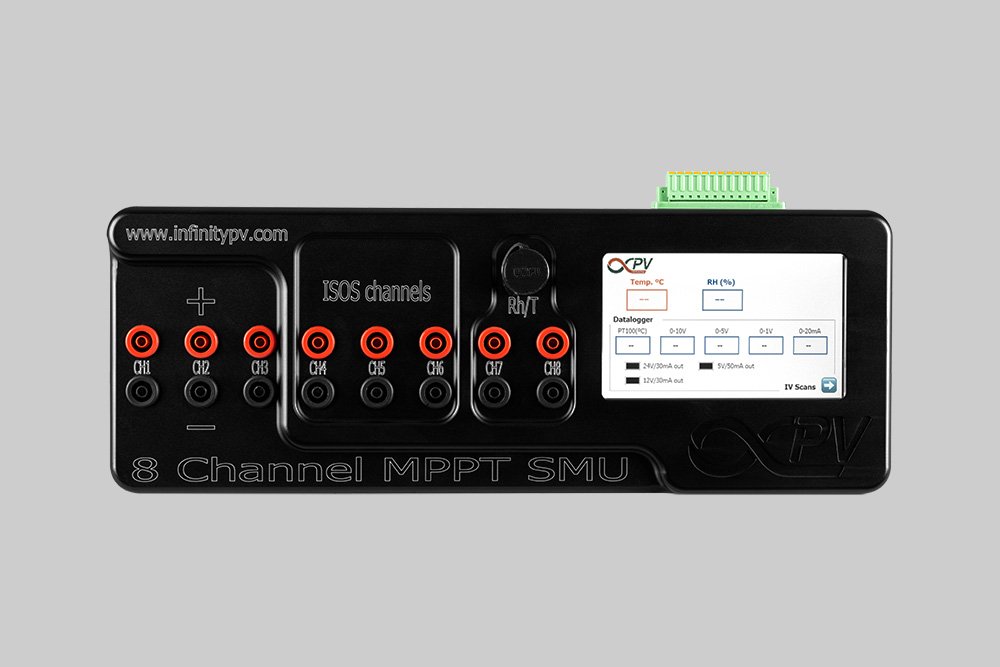
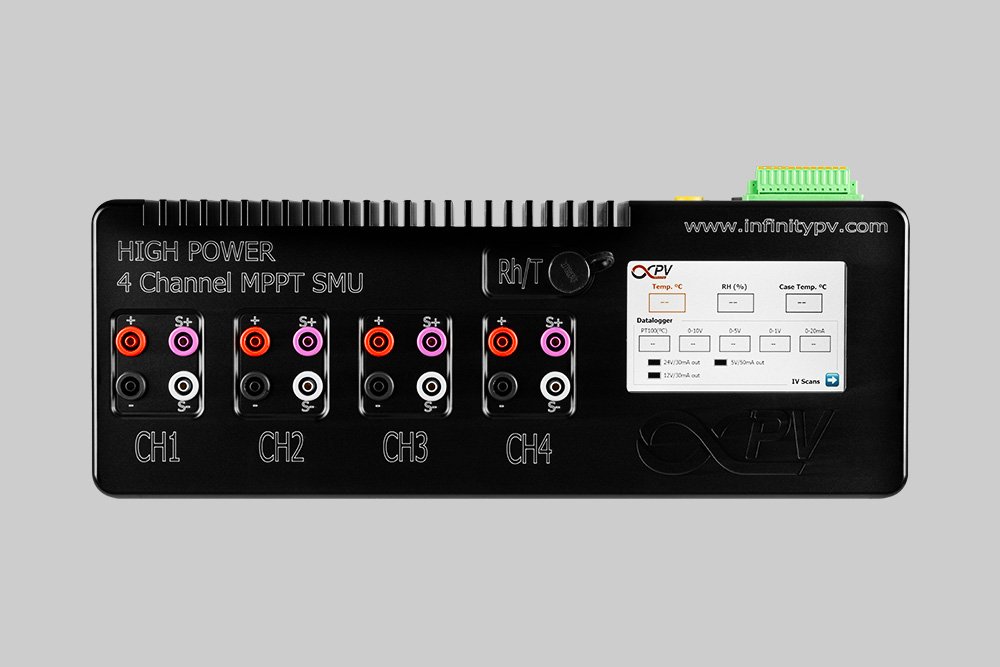
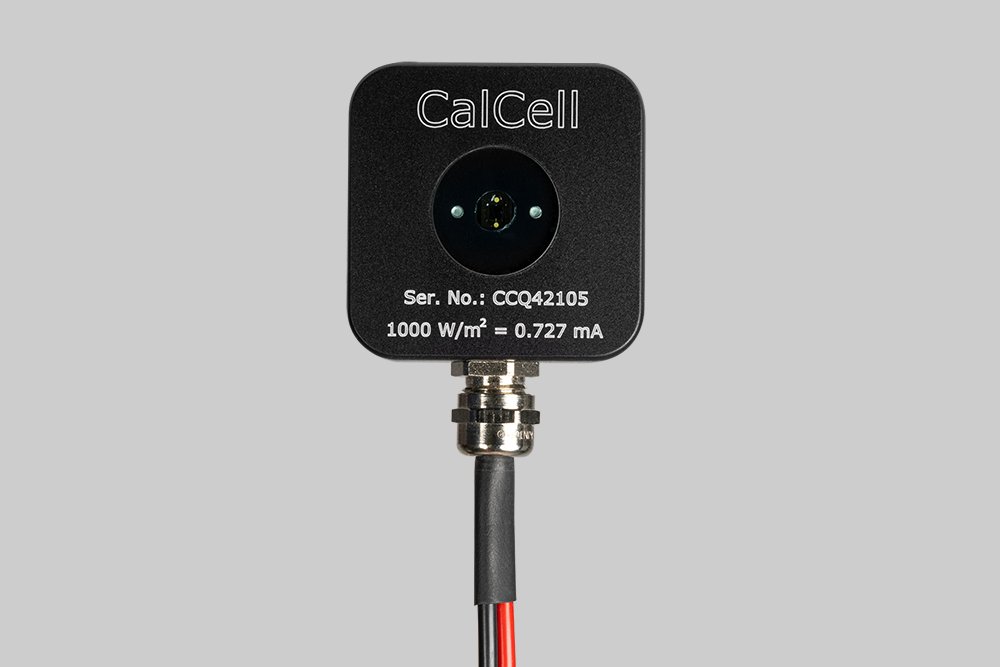
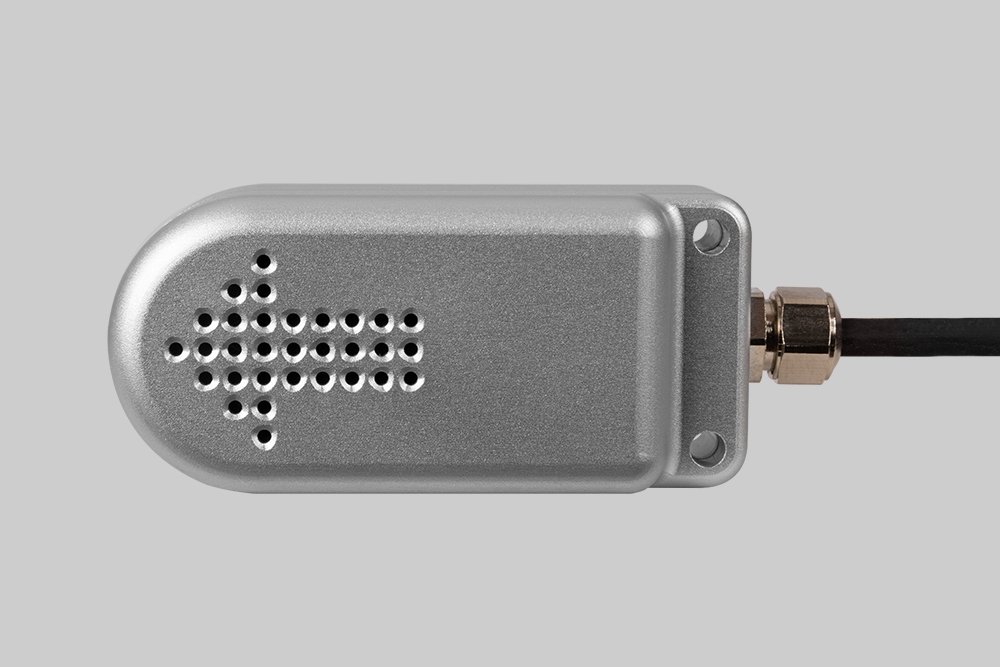



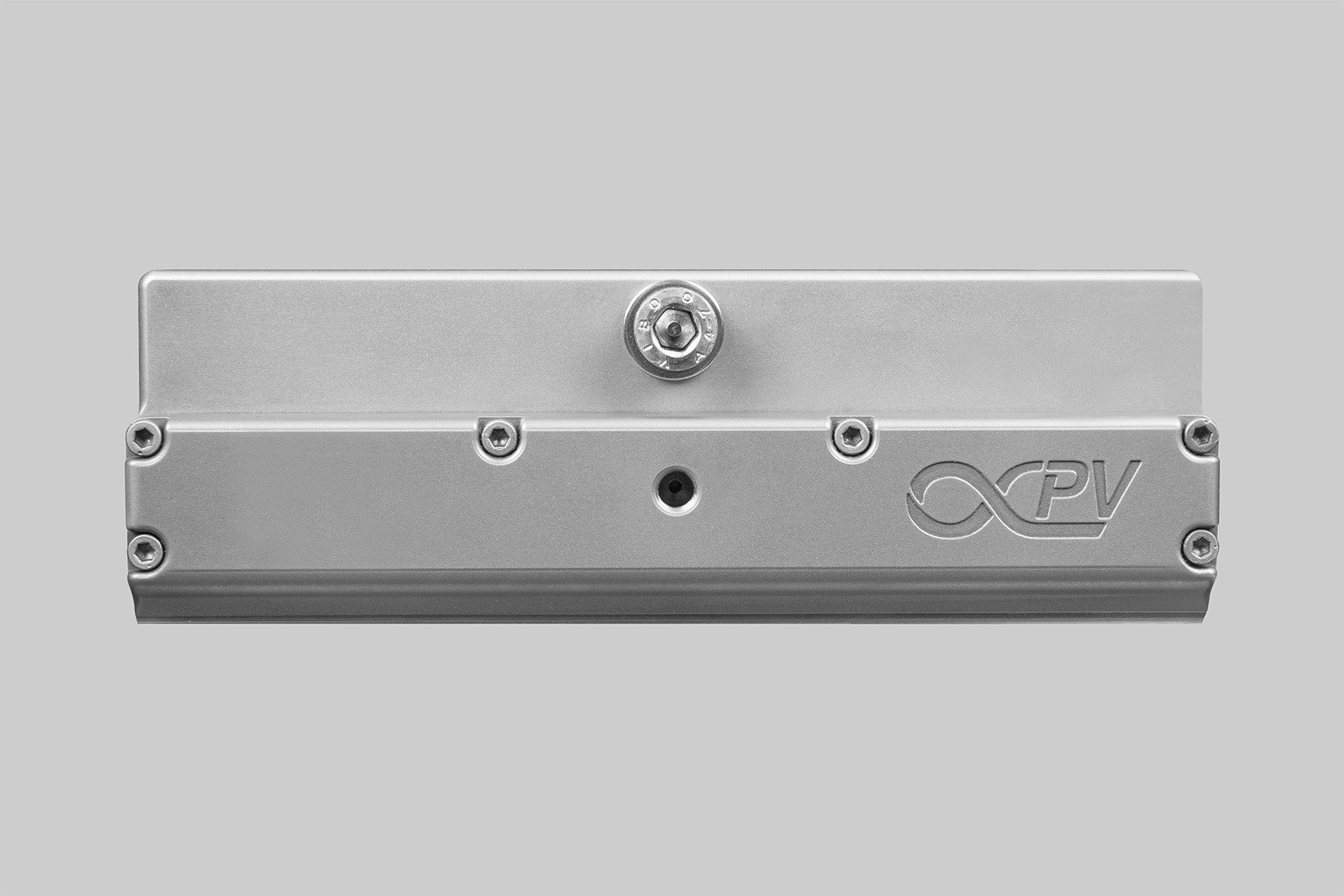

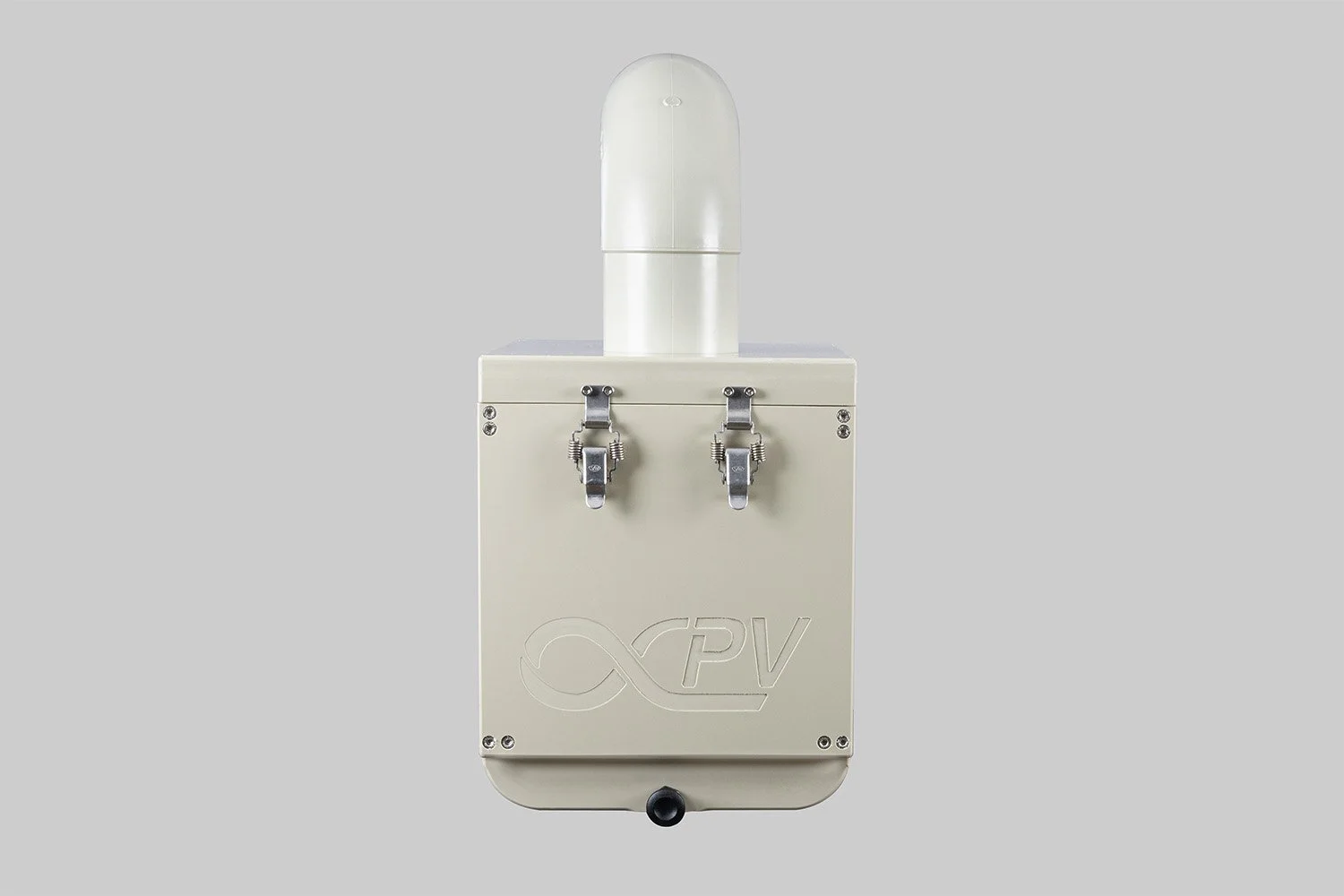

Compact solar simulator (390–700 nm) with six tunable LEDs, Class A uniformity, and excellent temporal stability. Ideal for small to medium solar cells and controlled illumination experiments.